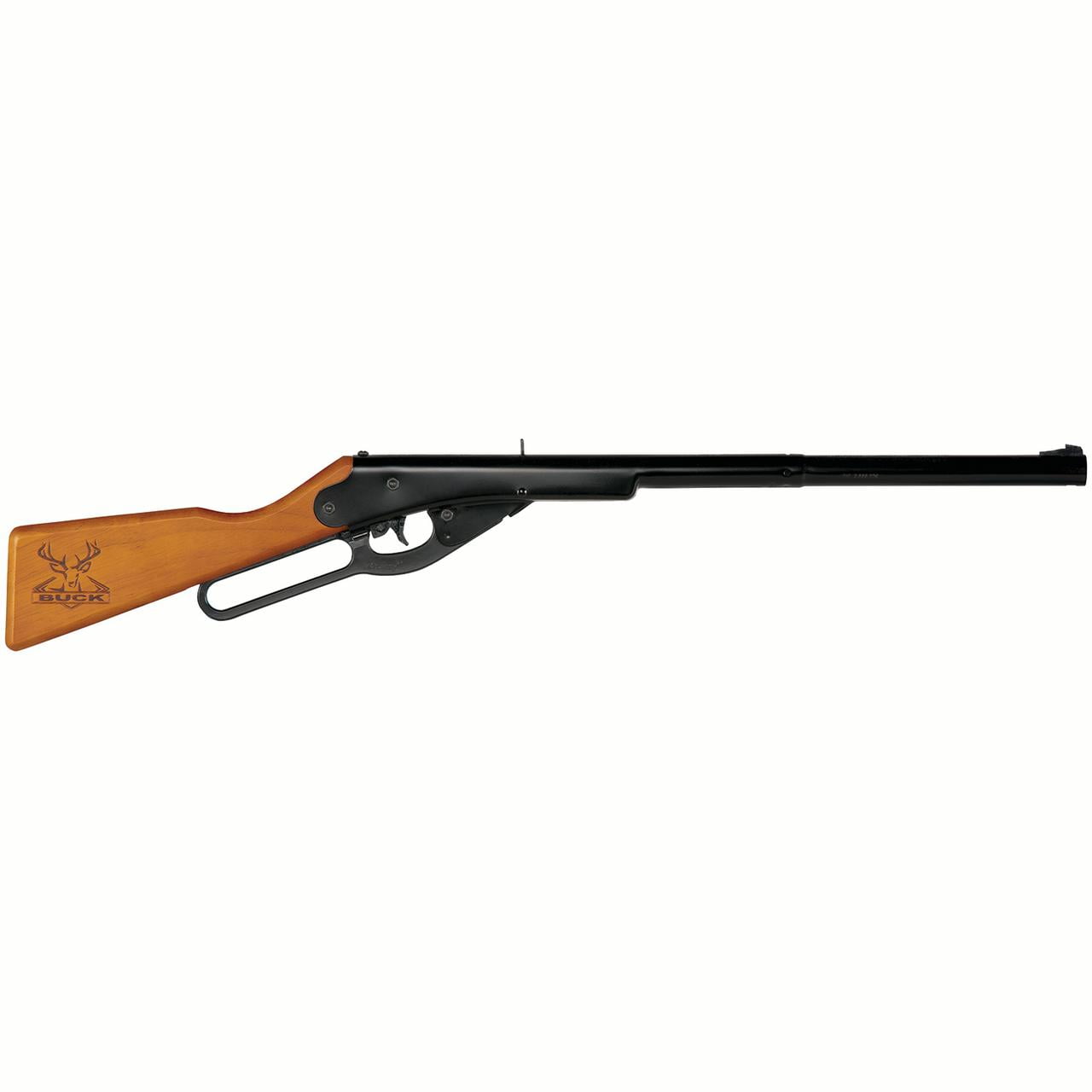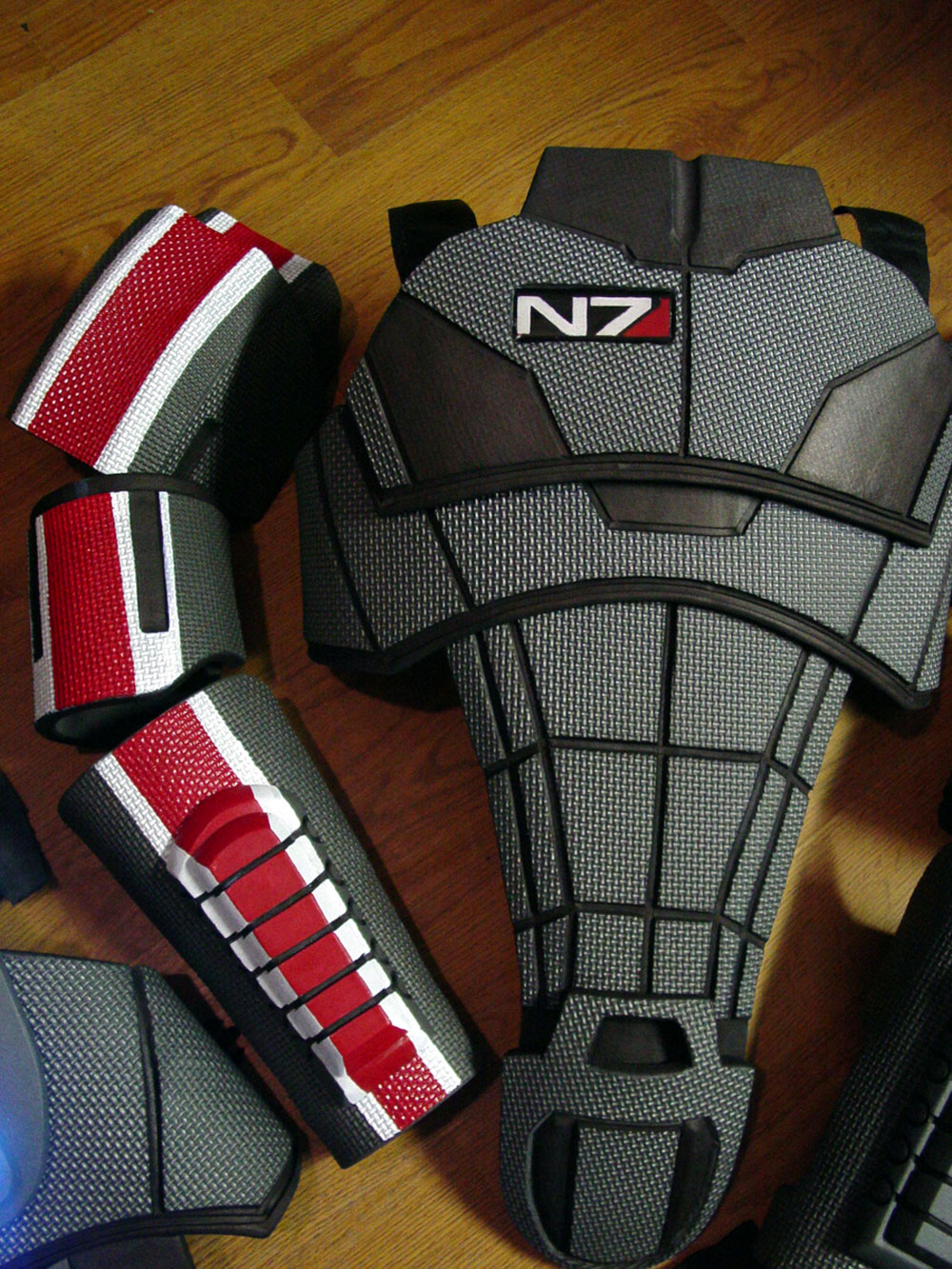
All items become more elastic and smooth to change when they are heated. The bluing process is often accelerated and intensified with the utility of heat. A charcoal blued high polished part will produce a mirror-like finish that is second to none. The final result is a shiny blue-black finish that is very durable. “Catching” the right texture and shade of original charcoal bluing finish depends mostly on the underlying metal polish. The guns were put in a rotating drum loaded with wheal oil and charcoal, and the drums were warmed in the oven while the oil/charcoal mix rotated around the parts inside the drum. Smith Wesson hired the American Gas Furnace Company to develop a bluing oil that included special whale oil. This process is established by S&W sometime after WWI. The process involves packing the steel in charcoal and “baking” it at approximately 800° for few hours.

It is one of the traditional bluing methods used on many fine firearms. Even though fire bluing makes a shiny finish, it’s not as durable as hot bluing, since it creates a patina color with wear. The metal surfaces are block sanded to remove all imperfections and then polished to a mirror shine just before the bluing process, which avoids oxidation of the steel. Like all other bluing methods, the most crucial step is metal preparation. The process involves soaking of the gun part into a hot liquid potassium nitrate, which produces a uniformly colored finish. Niter bluing can produce all shades between straw and dark blue. It works best on pins and screws because they’re subject to wear and movement. The niter bluing has also known as a fire bluing process that creates vibrant colors, but they’re not always durable. Spread a layer of gun oil a few more time, applying a cotton ball to remove the previous layer before spreading a new layer.ĭon’t apply the cleaning oil in this stage, as it’ll take off the bluing. “Spice up” the finish with gun oil once you achieve the desired bluing level. Repeat the application of the solution several more times until you got the wanted bluing result. It’ll prevent the bluing from looking “messy.” Use the solution in a single pass to cover small surfaces, or in parts no larger than 4 to 5 inches when covering large areas, then smooth it out using sandpaper. Gently spread the solution to the part to be blued as evenly as possible, applying a clean applicator. Polish the metal with the sandpaper as you would with either of the other bluing processes, but how you want to clean the arm depends on whether you need to blue the entire gun or touch up existing bluing.
#Blue riffle how to#
Read the following steps and learn how to cold blue a gun. However, rust bluing of small areas will often “hit better the bluing target” than any other cold bluing process. Generally, it gives an adequate cosmetic retouch of a gun’s finish when applied and additionally oiled on a regular basis. Cold bluing isn’t especially resistant to holster wear, neither it provides a high degree of rust resistance. It turns a worn weapon into one that looks brand new.īefore, the arrival of the modern solutions for bluing guns, giving a gun that unique, blue-black look was a long process that demands many hours of intensive, hands-on work.Ĭold bluing is a method that doesn’t require heat.

Few gunsmithing operations are as rewarding as seeing a rusted and badly abused gun transformed into a beautiful, ornate, blue-black finished arm.

Gun refinishing is one of the most gratifying phases of the gunsmithing work. There are several methods to blue gun barrels, such as hot bluing, cold bluing, rust bluing, niter bluing, charcoal bluing, and heat bluing. It can be performed on gun barrels and other firearm components.

The blue-black image of black iron oxide is what gives the name to this process. It works by turning rust, into black iron oxide. Different forms of bluing have been used by gunsmiths and gun enthusiasts for centuries now to protect guns from wear and damage, but you might still be wondering what gun bluing is.īluing or black oxidizing is a process of treating steel to create a thin protective shell around it. If you’re into a gun’s thing, you might have heard the term bluing before.


 0 kommentar(er)
0 kommentar(er)
